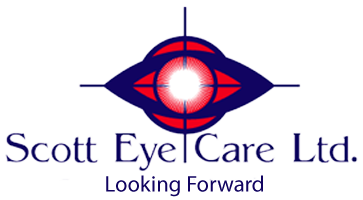Q: What is “Low Vision”?
A: The term “low vision” refers to partial sight that cannot be corrected with surgery, drugs, eyeglasses, or contact lenses. The condition can range from having unsatisfactory vision to being nearly blind. The causes of low vision include eye injury, diseases such as age-related macular degeneration (AMD), and heredity. As a result of reduced visual acuity or decreased contrast sensitivity, low-vision individuals may be unable to fully distinguish colors, see contrasts, or determine spatial relationships among objects. Fortunately, there are a variety of devices and strategies available for helping people with low vision overcome vision loss and live independently.
Q: How do I know if I have Dry Eye?
A: Dry eye can cause quite a few symptoms, anything from the eyes actually feeling dry to the eyes watering often, or having a burning, itchy, or irritated feeling. One of the most common symptoms is the eyes feeling gritty or like something is in your eye. Most people will often experience blurred vision since the tears, which comprise the outermost surface of the eye, are unstable.
Q: What are some of the symptoms of Dry Eye?
A: There are numerous symptoms of dry eye disease, but the most common ones include excess tearing, lack of tearing, burning, redness, foreign body sensation, intermittently blurred vision, and an inability to tolerate contact lenses. If you have any of the above symptoms, and want a professional diagnosis, please make an appointment here.
Q: How do I know Vision Therapy is right for my child?
A: If your child displays symptoms of strabismus (eye turn), amblyopia (“lazy eye”), skipping words or lines while reading, using a finger while reading, blurry near vision, double vision, eyestrain and/or eye fatigue, it is suggested your child has a complete eye exam from a Doctor of Optometry. If symptoms persist or the Doctor of Optometry recommends Vision Therapy, then a Vision Therapy assessment is the next step. The doctor will perform a thorough one-on-one assessment and will determine which conditions are present, whether Vision Therapy is suitable, the type of eye exercises required and the number of sessions needed.

*Saturday hours bi-monthly, please check with office to confirm we are open.